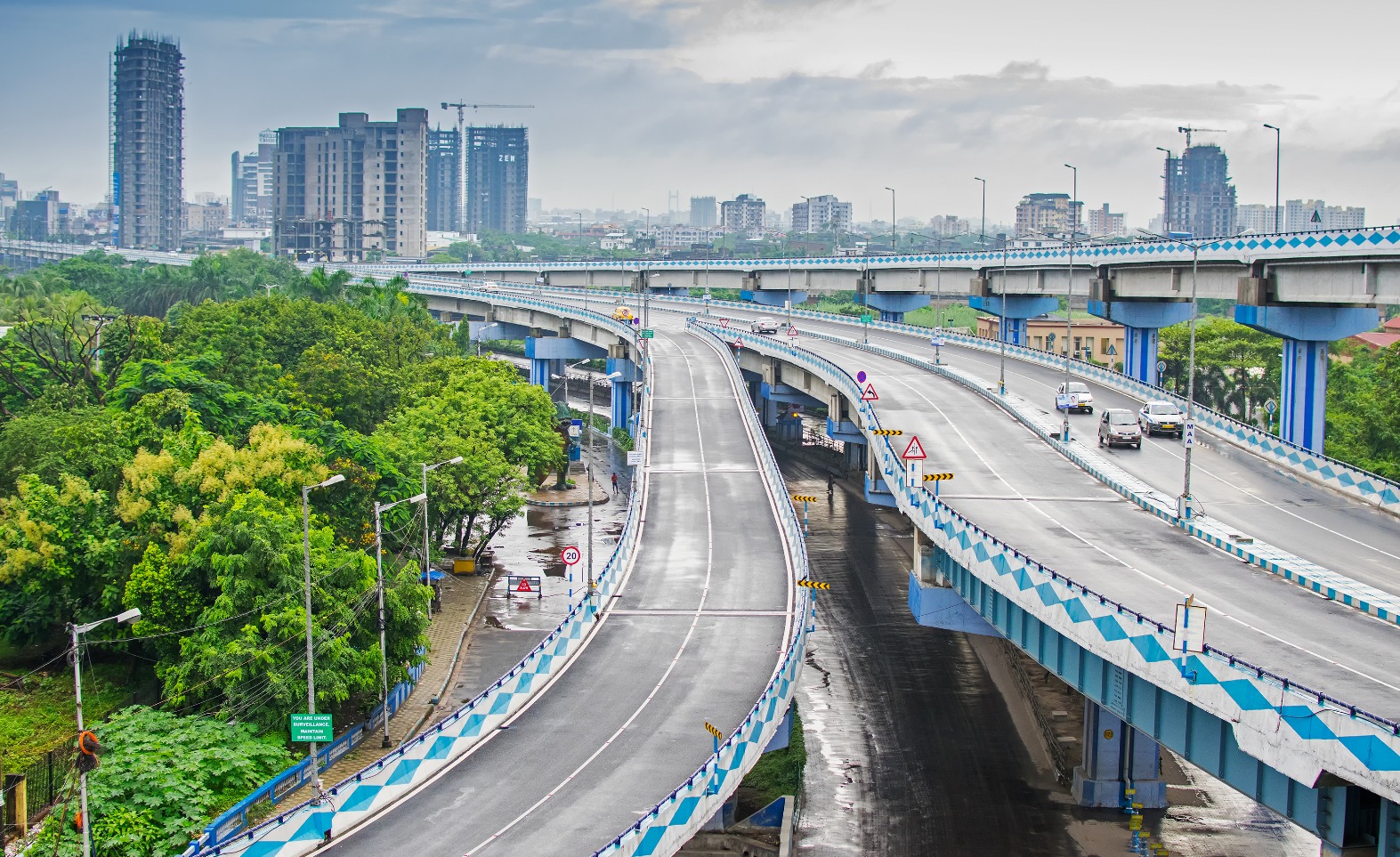
February 4, 2022
PM Gatishakti National Master Plan has been announced to attain a seamless logistics connectivity
Sovereign bonds will be launched and the funding for solar equipment will be increased
A scheme for design-led manufacturing in 5G will be launched and spectrum auctions to roll out 5G services will be conducted
The Budget has planned to increase the Capex outlay by 35.4%, expand the national highways network by 15%, and develop four multi-modal logistics parks

The Narendra Modi government’s budget continued to focus on growth over fiscal consolidation for the second consecutive year by increasing capital and infrastructure spending the year starting 1 April 2022. Finance Minister Nirmala Sitharaman proposed increasing the economy’s annual spending to INR 39.5 trillion (~US$ 529 billion) to support the growth plans.
Listed below are a few key areas and the impact the budget would have on them.
PROPOSALS: The PM Gatishakti National Master Plan has been announced to attain seamless logistics connectivity. The national highways network will be expanded by 25,000 km, with an outlay of INR 20,000 crores (~US$ 267 billion), and a scheme for expressways will be formulated to enable faster movement of people and goods. In addition, railways will develop new logistics services for farmers and small and medium enterprises.
IMPACT: Several global studies have stated that India’s average logistics costs account for approximately 14% of the GDP compared to 8-9% for advanced economies. Hence, this is a factor that needs to be addressed to attract quality investors across sectors. In line with this, the Gatishakti initiative emphasizes the importance of quality multi-modal transport to achieve cost competitiveness. Announcements around green bonds focus on National Infrastructure and Investment Fund (NIIF) and National Small Industries Corporation (NSIC) Fund on the renewables sector underlines the emphasis on environment and sustainability.
PROPOSALS: The government has announced that sovereign bonds will be launched and the funding for solar equipment will be increased. In addition, 500 gigawatts (GW) of non-fossil capacity will be installed by 2030, the emission intensity of GDP will be reduced by 45% over 2005 levels, 50% of the electricity will be sourced from non-fossil by 2030, and carbon emission is slated to be reduced by 1 billion tonnes till 2030 as the country gears up to achieve net-zero by 2070.
IMPACT: The budget aims at the digital integration of participative economic planning by building the base for technology- and innovation-led economy. This is expected to drive design-led manufacturing and renewable growth while improving logistics efficiency and promoting clean mobility, storage, and battery solutions for the transition to electric vehicles. This will also develop solutions for the Agritech sector, transform the health and education segments, and achieve financial inclusion. The budget encourages the development of sunrise business areas and decreases carbon intensity by supporting innovative financing ecosystems.
PROPOSALS: A scheme for design-led manufacturing in 5G will be launched. Also, spectrum auctions to roll out 5G services will be conducted and 5% of annual collections under the universal service obligation (USO) fund will be allocated to enable the affordable spread of broadband and mobile services in rural and remote areas.
IMPACT: Auctions for 5G spectrum and roll-out are expected to be much faster than the previous generation roll-outs with the completion of fiber network in all villages by 2025. A heightened focus on digital education will further push the need for high-speed broadband. In addition, the production linked incentive (PLI) for design-led manufacturing in the 5G space could be broadened beyond manufacturers to include telecommunication service providers (TSPs) and telecom infrastructure players. In addition, the USO funds – that have been traditionally used for improving rural infrastructure – could help indigenous niche players in building technologies around O-RAN and private networks.
PROPOSALS: The budget has planned to increase the Capex outlay by 35.4%, expand the national highways network by 15% by adding 25,000 km of roads, and develop four multi-modal logistics parks in 2022-23. In addition, a greater focus has been placed on electric vehicle (EV) charging infrastructure and the battery swapping policy. A gradual reduction in customs duty to 7.5% for all project capital goods imports and an allocation of INR 19,500 crore (~US$ 2 billion) for a production-linked incentive (PLI) scheme for the production of polysilicon solar modules have also been proposed.
IMPACT: Improved infrastructure connectivity will have a significant impact on oil and gas projects as refineries are being set up, and pipelines and city gas projects are being installed across the country. In addition, the construction of new highways and the push for EVs will provide a growth avenue for oil marketing companies to increase retail outlets and offerings. The differential duty on unblended fuel to incentivise bio-fuel blending will provide a boost to oil and gas companies that are transitioning to decarbonize their operations, thus opening up financial avenues.